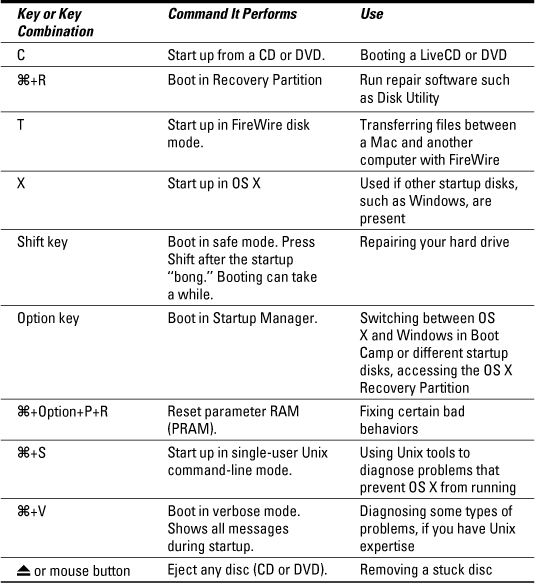Command Line Cheat Sheet Our cheat sheet explains the essential tasks on the command line. Download it for free. For many, the command line belongs to long gone days: when computers were controlled by typing mystical commands into a black window; when the mouse possessed no power. Related that happens locally on your computer. This cheat sheet features the most important and commonly used Git commands for easy reference. INSTALLATION & GUIS With platform specific installers for Git, GitHub also provides the ease of staying up-to-date with the latest releases of the command.
ipconfig
get
ip addressget
subnet maskget
dns serverget
info about how en0 got its dhcp on
ifconfig
get
network infoset
ip addressandnetmaskrenew
dhcp leases
networksetup
get a list of
locationon the computerget
active locationconfig manual
static ip addressconfig
dns serverget
dns server
firewall
stop the application layer firewall
start the application layer firewall
allow an app to communicate outside through the application layer firewall
route
routing table
add a route
delete a route
netstat
view info on all sockets
network info for ipv6
per protocol network statistics
statistics for a specific network protocol
statistics for network interfaces
view network info as it happens


ping
put a delay in pings
ping hostname 5 times and then stop
flood ping the host
set packet size during ping
customize source ip during ping
trace
trace the path packets go through
without looking up names
in debug mode
nc
establish a network connection
establish a network connection over port 2195
establish a network connection only allowing ipv4
setup a network listener on port 2196 for testing
tcpdump
capture some packets
capture all packets
capture packets for port
capture all packets for a given port going to destination 192.168.1.160
capture packets as above but dump to a pcap file
read tcpdump (cap) files and make them human readable
other

flush the dns cache
clear arp cache
what binaries have what ports and in what states are those ports
make an alias for looking at what has a listener open, called ports
edit hosts file
Mac Os Terminal Command
references
